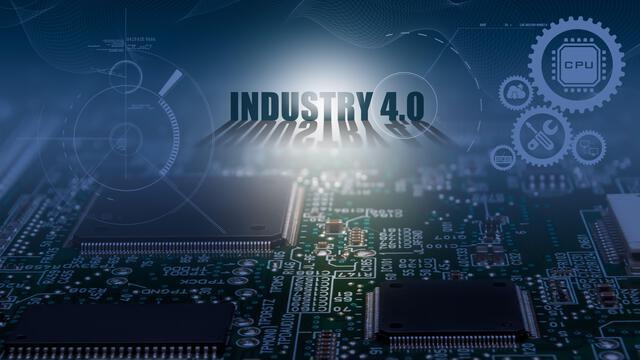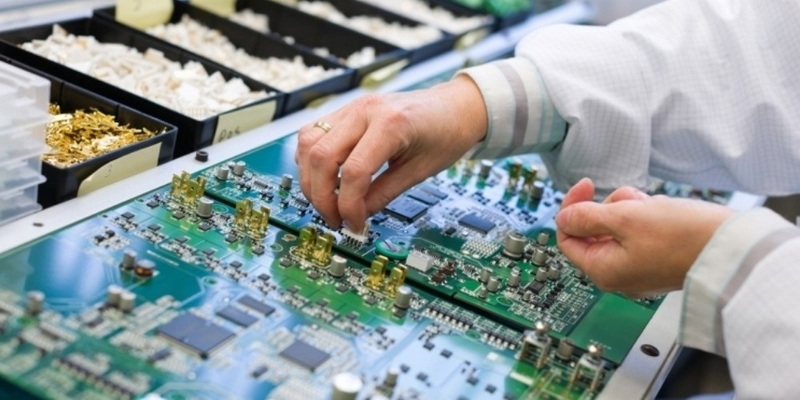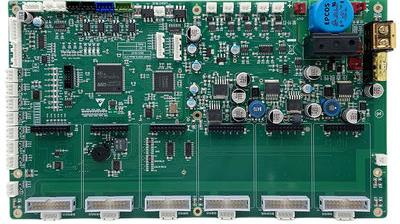Content Menu
● Understanding SMT
● The SMT Process Overview
● Key Benefits of SMT
>> Increased Production Speed
>> Higher Component Density
>> Enhanced Reliability
>> Cost Efficiency
>> Flexibility in Production
● Automation: The Heart of SMT Efficiency
● Lean Manufacturing Principles in SMT
● Challenges in SMT Implementation
● Future Trends in SMT
● Conclusion
● FAQ
>> 1. What is Surface Mount Technology (SMT)?
>> 2. How does automation improve SMT efficiency?
>> 3. What are some advantages of using SMT over through-hole technology?
>> 4. What challenges are associated with implementing SMT?
>> 5. What future trends are expected in SMT manufacturing?
Surface Mount Technology (SMT) has become a cornerstone of modern electronics manufacturing, significantly enhancing efficiency and productivity in the production of electronic components. This article delves into the various ways SMT improves efficiency in electronics production, exploring its processes, advantages, and the technology that underpins it.

Understanding SMT
Surface Mount Technology is a method used to mount electronic components directly onto the surface of printed circuit boards (PCBs). Unlike traditional through-hole technology, where components are inserted into drilled holes, SMT allows for a more compact design and higher component density. This shift not only reduces the size of electronic devices but also enhances their performance.
The SMT Process Overview
The SMT process consists of several critical steps that contribute to its efficiency:
1. Design Phase: Engineers design PCBs using software tools that optimize layout for component placement.
2. Solder Paste Printing: A stencil printer applies solder paste to designated areas on the PCB.
3. Component Placement: Automated pick-and-place machines accurately position components on the solder paste.
4. Reflow Soldering: The boards pass through a reflow oven where solder paste melts and solidifies, creating electrical connections.
5. Inspection: Automated Optical Inspection (AOI) systems check for defects and ensure quality control.
This streamlined process minimizes manual intervention and reduces the likelihood of errors, which is crucial for maintaining high production rates.
Key Benefits of SMT
Increased Production Speed
One of the most significant advantages of SMT is its ability to accelerate production speed. Automated machines can place thousands of components per hour—far exceeding manual assembly capabilities. For instance, advanced pick-and-place machines can handle up to 80,000 components per hour, drastically reducing assembly time compared to traditional methods.
Higher Component Density
SMT allows for a greater number of components to be placed on both sides of a PCB. This capability leads to smaller and lighter devices without sacrificing functionality. Higher component density also enables more complex circuitry in compact spaces, which is essential for modern electronics like smartphones and tablets.
Enhanced Reliability
The precision involved in SMT processes contributes to improved reliability. Automated systems ensure that components are placed accurately, reducing the risk of faulty connections that can lead to device failures. Furthermore, shorter lead lengths in SMT designs minimize parasitic capacitance and inductance, enhancing electrical performance.

Cost Efficiency
SMT significantly lowers manufacturing costs through reduced material usage and labor costs. Smaller components mean less material waste, while automation decreases labor requirements—allowing manufacturers to allocate resources more effectively.
Flexibility in Production
Modern SMT lines are designed for flexibility, allowing manufacturers to switch between different products with minimal downtime. This adaptability is crucial in today's fast-paced market, where consumer demands can change rapidly.
Automation: The Heart of SMT Efficiency
Automation plays a pivotal role in enhancing efficiency within SMT processes:
- Pick-and-Place Machines: These machines utilize advanced vision systems to ensure precise placement of components on PCBs. They can adjust placements on-the-fly based on real-time data, minimizing errors.
- Reflow Ovens: Automated reflow ovens control temperature profiles meticulously during soldering, ensuring optimal solder joint quality without overheating sensitive components.
- Inspection Systems: Automated Optical Inspection (AOI) systems provide real-time feedback during production, allowing for immediate corrections and reducing scrap rates.
The integration of these automated systems not only speeds up production but also enhances overall product quality by minimizing human error.
Lean Manufacturing Principles in SMT
Incorporating lean manufacturing principles into SMT processes further boosts efficiency:
- Waste Reduction: By analyzing workflows and identifying bottlenecks, manufacturers can streamline operations and reduce waste—both material and time.
- Continuous Improvement: Implementing practices such as Kaizen encourages ongoing assessment and enhancement of production processes, fostering a culture focused on efficiency.
Challenges in SMT Implementation
While SMT offers numerous benefits, it is not without challenges:
- Initial Investment: The cost of advanced machinery and technology can be substantial, posing a barrier for some manufacturers.
- Component Fragility: Surface mount devices (SMDs) tend to be more fragile than through-hole components, necessitating careful handling during assembly and transport.
- Complexity in Design: Designing PCBs for SMT requires specialized knowledge to ensure manufacturability without compromising performance.
Despite these challenges, the advantages offered by SMT often outweigh the drawbacks, making it a preferred choice for many manufacturers.
Future Trends in SMT
As technology continues to evolve, so too does SMT:
- Artificial Intelligence (AI): AI is being integrated into manufacturing processes to enhance data analysis and decision-making capabilities. This technology can predict failures before they occur, optimizing maintenance schedules and improving yield rates.
- Miniaturization: The trend toward smaller electronic devices will continue to drive advancements in SMT techniques and equipment design, enabling even more compact assemblies without sacrificing performance.
- Sustainability Practices: There is an increasing focus on sustainable manufacturing practices within the electronics industry. Efforts are being made to reduce energy consumption during production and recycle materials wherever possible.
Conclusion
Surface Mount Technology has revolutionized electronics manufacturing by improving efficiency across various stages of production. Its automated processes enable faster assembly times, higher component densities, enhanced reliability, and significant cost savings. As technology progresses, the integration of AI and sustainable practices will further enhance the capabilities of SMT manufacturing.

FAQ
1. What is Surface Mount Technology (SMT)?
Surface Mount Technology (SMT) is a method used to mount electronic components directly onto the surface of printed circuit boards (PCBs), allowing for compact designs and higher efficiency compared to traditional methods.
2. How does automation improve SMT efficiency?
Automation improves SMT efficiency by utilizing machines that can place thousands of components per hour with high precision while minimizing human error during assembly processes.
3. What are some advantages of using SMT over through-hole technology?
Key advantages include increased production speed, higher component density on PCBs, improved reliability due to precise placements, reduced manufacturing costs, and greater flexibility in production lines.
4. What challenges are associated with implementing SMT?
Challenges include the high initial investment required for advanced machinery, the fragility of surface mount devices compared to through-hole components, and the complexity involved in designing PCBs for SMT processes.
5. What future trends are expected in SMT manufacturing?
Future trends include increased integration of artificial intelligence for process optimization, continued miniaturization of electronic devices, and a focus on sustainable manufacturing practices within the industry.




















